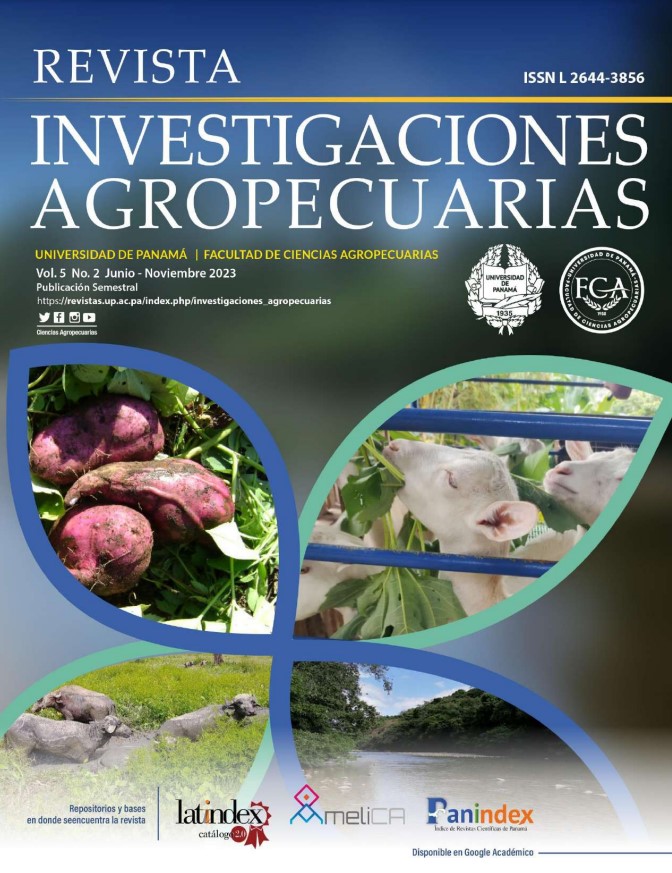

Copyright (c) 2023 Revista Investigaciones Agropecuarias

This work is licensed under a Creative Commons Attribution-NonCommercial-ShareAlike 4.0 International License.
In order to evaluate some efficiency indices on in vitro bovine embryo production and transfer programs, the results achieved in 9 oocyte donors and nine bulls used for in vitro fertilization (IVF) were compared. In both cases, a decreasing order was established in reference to the pregnancy results achieved with the embryos produced. The results per donor moved between 81.3% and 28.6% with an average of 50.8%. While for Bulls it went from 63.6% to 16.7% with an average of 44.3%. When evaluating the bulls used, it was observed that the 3 that showed the worst pregnancy results coincided in being the ones that contributed the least amount of cleaved and transferable embryos (Bull 7: 25, 39.1 and 14.1%; T8: 22.2, 14.3 and 8.9% ; T9: 16.7, 31.1 and 5.4% respectively). When using the best donor with the worst three bulls, only an average of 45% division, 8.3 transferable embryos and 14.3% pregnancy were achieved, while when evaluating the best four donors fertilized with the best bull (Bull: 1), the results were 54.8% pregnancy, 70.6% cleavage and 34.4% of those cleaved reached the transferable category. From these results it can be inferred the importance of the bull in IVF, who apparently has a greater influence than the donor. However, there are donors who generate a small number of transferable embryos, but in contrast their embryos provide high pregnancy rates (>60%). Based on these observations, we recommend carrying out embryo production trials with slaughterhouse ovaries to validate the bull's efficiency before embryo production programs by follicular aspiration in females of high genetic value, since even though a bull has high pregnancy rates in artificial insemination, may not have the same behavior in IVF. On the other hand, in donors who provide low post-insemination division percentages or few transferable ones, a greater number of follicles should be aspirated to increase the number of oocytes for IVF.